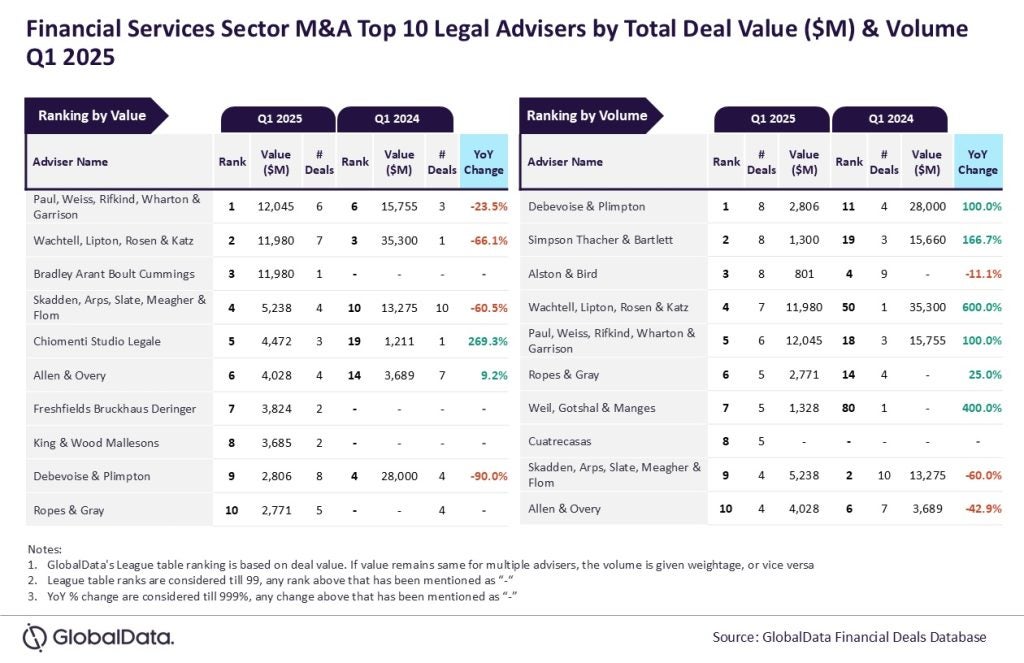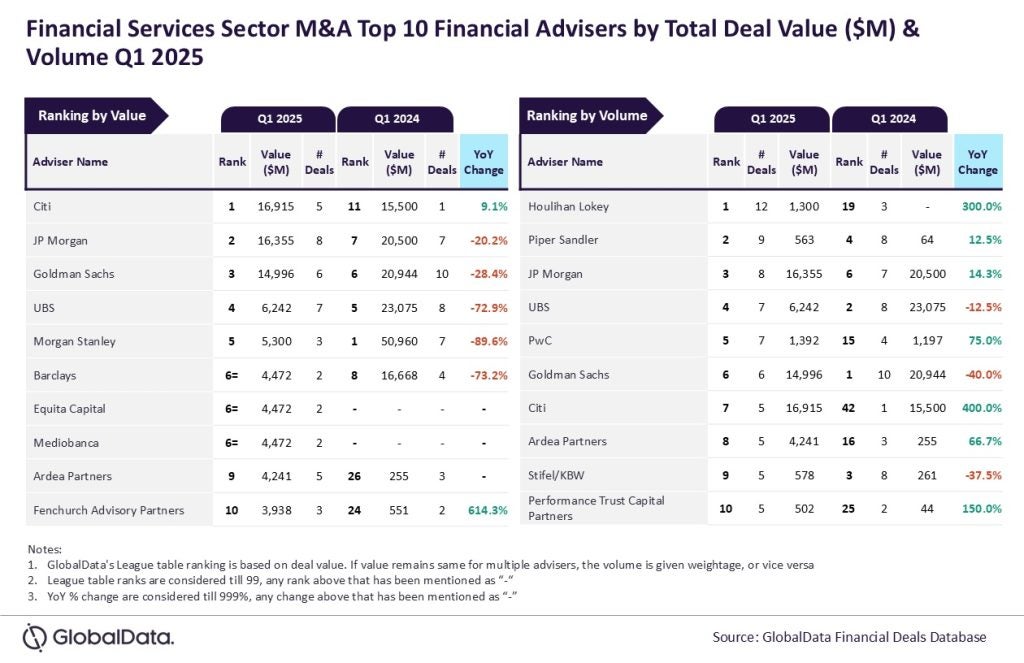
Australia’s cards market is characterised by high contactless card usage, debit card dominance over credit cards, and stringent regulatory controls by the Central Bank. Robin Arnfield reports on the main trends and two key payments industry programmes: the country’s real-time New Payments Platform, and its open banking initiative
The Australian credit card industry is dominated by the country’s four largest banks: ANZ, Commonwealth Bank of Australia (CBA), Westpac, and National and Australia Bank (NAB).
In November 2016, Citi became a major player when it acquired Australian retailer Coles Group’s Mastercard-branded credit card portfolio, which had receivables in the region of A$880m ($694m).
Due to downward pressure on interchange by the Reserve Bank of Australia (RBA), high debit card usage and relatively low credit card balances, the Australian credit card market has not grown as rapidly as in other countries.
MORTGAGES A PRIORITY
“The big banks have been concentrating on the mortgage market rather than the credit card market,” Grant Halverson, CEO of Australian payments consultancy McLean Roche, tells CI.
“The average Australian credit card balance is just over A$1,000, which puts Australia on a par with Malaysia and the Philippines, while the average UK balance is A$6,200 and the average US balance is A$9,300.” While Australian credit card receivables totalled A$32bn in December 2016, Halverson says, citing RBA data, home lending totalled A$1.5trn.
“So that’s where the banks are focusing their efforts and ignoring credit cards and unsecured lending,” he notes. “Debit is growing at 9.2% a year in Australia, which is three times the year-on-year rate of credit card sales growth.”
In 2016, Australian credit card purchases, excluding cash advances, rose by 3% year on year to A$302.7bn, while total credit card transactions excluding cash advances rose by 9% to 2.5bn, according to the RBA.
Debit card purchases rose from A$228bn in 2015 to A$249bn in 2016, while debit card transactions increased by 13.8% to 4.84bn. Credit card balances incurring interest declined by 3% from A$32.9bn in December 2015 to A$31.9bn in December 2016, continuing the trend of consumers not revolving.
“The revolve rate is now 60%, an all-time low which has serious implications for portfolio profitably,” Halverson says.
“The trend of consumers using credit cards to purchase items and not ‘revolve’ also signals the growth of lower-value contactless payments, which have an A$100 limit, with the average transaction declining to A$121.”
The Australian credit card market is showing little growth and a lack of genuine competition outside the four banks, which dominate the bank issuers, Halverson notes. “The RBA’s ‘reforms’ of the credit card market have not encouraged new competition or new entrants,” he argues.
PAYMENTS SURVEY
In 2017, the RBA released the results of its triennial survey on payments methods by Australian consumers. Its report, How Australians Pay: Evidence from the 2016 Consumer Payments Survey, said Australians’ enthusiasm for contactless payments helped card payments to overtake cash payments in Australia for the first time in 2016.
Cards were the most frequently used means of payment in the 2016 survey, accounting for 52% of total transactions (30% debit and 22% credit/charge cards), compared to 37% for cash. In 2013, cash was used in 47% of payments, compared to 43% for cards (24% debit and 19% credit/charge cards).
“The increased use of cards for lower-value payments since 2013 has been facilitated by the adoption of contactless ‘tap and go’ functionality by consumers and merchants at the point of sale,” the RBA report says. “Around one-third of all point-of-sale transactions were conducted using contactless cards in 2016, which is three-and-a-half times the share reported by the participants in the 2013 survey.
“As a share of card payments only, nearly two-thirds of all point-of-sale payments were contactless in 2016.”
CI understands that over two-thirds of POS payments at the major supermarket chains are now contactless, and that mobile POS payments are still very small. Because of Apple’s control of its app store, proprietary bank-owned mobile wallets are only available on the Android platform.
“Apple Pay has been unsuccessful in Australia in terms of payments volumes, and Android Pay has also failed to gain adoption,” says Halverson. “What has killed the mobile wallets is the continuing popularity of contactless card payments in Australia. Every age group has got used to contactless, which is so well entrenched that mobile will find it very difficult to get any traction.”
ANZ and Amex are currently the only major issuers to offer Apple Pay in Australia. The other big banks have refused to pay the additional fee required by Apple to accept Apple Pay transactions, on the grounds that interchange is so low in Australia, Halverson explains.
Cuscal, a payments processor for smaller Australian financial institutions (FIs), signed an agreement to accept Apple Pay in 2016 on behalf of 31 of its members.
In March 2017, the Australian Competition and Consumer Commission (ACCC) refused an application by CBA, NAB, Westpac, and Bendigo and Adelaide Bank for the right to collectively bargain with Apple over adding their proprietary digital wallets to iPhones and collectively to boycott Apple Pay.
These banks had argued to the ACCC that Apple had prevented them from developing their own integrated digital wallets for iPhones, which was anti-competitive.
2003 CARDS REFORMS
In 2003, the RBA sent shockwaves around the global credit card industry by cutting Visa and Mastercard credit card interchange rates from a weighted average of 0.94% to 0.50%.
One of the most significant effects of the cut was the reduced use of rewards credit cards by Australians, due to ensuing higher rewards membership fees, as well as increased use of debit cards.
The RBA removed the ‘no surcharge’ rule established by Visa and Mastercard, and eliminated card scheme rules banning merchants from steering customers to lowercost card transactions.
It introduced a cap on Visa debit interchange and on EFTPOS – Australia’s domestic debit scheme – debit interchange, and removed Visa’s ‘honour all cards’ rule. Mastercard voluntarily agreed to remove its ‘honour all cards’ rule and to accept the same cap on debit interchange as Visa. Amex and Diners voluntarily agreed to accept the RBA’s ban on no-steering rules.
For Visa and Mastercard debit cards, the RBA set the cap on interchange at A$0.12 per transaction. For EFTPOS bilateral interchange, the cap was set at A$0.05 per purchase-only transaction, and for multilateral interchange at A$0.12.
REVIEW
In May 2016, the RBA published its review of its payment card regulations and introduced new rules. These latest regulatory reforms are evolutionary in comparison with the RBA’s revolutionary regulations in 2003.
From September 2016, for large merchants and from September 2017 for other merchants, surcharges are restricted to the average percentage cost of acceptance in a surcharging merchant’s annual statement for that card type. The rule is enforceable by the ACCC.
CI understands that only 3% of Australian merchants – typically those receiving large numbers of platinum and corporate card transactions – have opted to surcharge and that surcharging merchants have fallen in line voluntarily with the new regulations. The airlines, for example, have now moved from a fixed dollar surcharge to a charge of 1.3% of the transaction value.
“If merchants wish to surcharge, the fee they pass on to consumers must be more closely aligned to the fee they pay their FI for accepting that payment method,” says Dr Leila Fourie, CEO of Australian Payments Network – formerly the Australian Payments Clearing Network – the self-regulatory body for the country’s payments industry.
“It can also include the cost of fraud prevention and any terminal costs. The RBA indicated, as a guide, that the costs to merchants of accepting payments by debit cards is in the order of 0.5%, by credit card 1-1.5%, and for Amex cards 2-3%. Some merchants’ costs might be higher than these indicative figures.”
From July 2017, the RBA imposed a cap on four-party credit card interchange fees of a weighted average of 0.50% of the transaction value and a maximum of 0.80%. The cap was needed because, under the previous regulatory regime, credit card interchange fees were measured over a period of three years, which led to weighted average benchmarks rising during these periods.
There is now a quarterly requirement for compliance reporting for interchange rates, instead of the previous triennial regime.
The RBA has capped debit card interchange fees at a weighted average of A$0.08 and at a maximum of A$0.12 or 0.20% of the transaction value.
Another reform is that the RBA now regulates interchange for companion Amex cards, although standalone Amex cards are not regulated.
Australian banks have been issuing companion Amex cards to their Visa and Mastercard cardholders on a single card account. From July 2017, these companion cards are subject to the same interchange regulations as Visa and Mastercard.
Prepaid debit cards are now subject to the same interchange regulations as standard debit cards. However, due to high banking penetration, the Australian prepaid debit card market is not as large as in the US, and the majority of Australian prepaid cards are issued by airlines.
NEW PAYMENT PLATFORM
While Australia has been a leader in regulating cards interchange, it has lagged other countries in migrating to faster or real-time payments.
If all goes according to plan, the Australian banking industry will launch the New Payment Platform (NPP) by late 2017 or early 2018. The NPP offers:
- Speed: The ability to make real-time payments, with close to immediate funds availability to the recipient;
- 24/7 availability: The ability to make and receive low-value payments 24/7 outside normal banking hours;
- Data-enriched: The ability to send more complete remittance information with payments, and
- Simple Addressing: The PayID system will enable users to address payments to any recipient using their phone number, email address, Australian Business Number (ABN), or organisational identifier.
“The industry is in the middle of a thorough testing programme,” says Adrian Lovney, CEO of New Payments Platform, the company owned by the 13 FIs, including the RBA, participating in the NPP.
“All participants are actively engaged and progressing through this critical phase. Collectively, there is still more to complete, but we are on track for a ramp-up of the central infrastructure commencing in November 2017.”
It is envisaged that a number of new payment services will be overlaid on the NPP. Osko, a P2P and consumer-to-business fund transfer service offered by Australian online bill payment service BPAY, is the first overlay service developed for the NPP, and will be offered to consumers via the platform’s participants. Owned by the big four banks, BPAY is offered by virtually all Australian FIs.
The first version of Osko will be restricted to P2P transfers, which will take place 24/7 in near-real time. But Osko will evolve to include payments with documents and the ability to send requests for payment, Lovney says.
“The NPP is a later arrival on the scene of instant [near-real-time] payment systems globally,” says Aite Group senior analyst Ron van Wezel, author of the Payments Down Under: Australia’s Leading Examples report. “The Australian payments industry had the chance to study the existing instant payment systems and design a new system combining:
- Service ubiquity, since, right from the start, all major banks are participating;
- 24/7/365 availability;
- Real-time settlement through the RBA’s new Fast Settlement Service (FSS);
- End-to-end clearing of payments within 10 seconds;
- Use of account number proxies, such as mobile number and email address;
- Request payment service – a payee can request multiple payers to pay with a single message, and
- Based on global SWIFT/ISO 20022 Standards
“Based on this late-mover advantage, the NPP has the potential to scale more quickly than other instant payment schemes [in other countries],” says van Wezel.
OPEN BANKING
Australia’s Treasurer, Scott Morrison MP, announced in May 2017 that the government intends to introduce an open-banking regime in Australia.
“Over the course of the last year, two separate Australian Government inquiries have examined open banking and data availability,” says Fourie. “A review of the banking sector by (Australia’s) House of Representatives Economics Committee recommended the introduction of an open banking regime.
“In May 2017, the government announced that it would adopt most of the report’s recommendations, and asked Treasury to conduct an independent review into implementation of open banking. In August 2017, Treasury released a consultation paper asking for feedback on implementation timing, regulatory structure, and other technical details. Comments on the consultation paper are due by 22 September 2017, and the review is due to be finalised by the end of 2017.”
“The [open banking] regime should give customers ‘a comprehensive right’ to access their own data,” says van Wezel.
“The independent review will recommend a framework for open banking – for example what data will be shared, whom it would be shared with, timeframes and regulatory structures – with a report due by the end of 2017, for implementation by 2018.
“This means Australia will likely see an open-banking initiative similar to that in the UK, giving fintech companies and other third parties access to bank account data. The access will be read-only; unlike in Europe, there is no mandate to provide third-party access to the payment account for transaction initiation.”
In March 2017, in a separate initiative to the open banking project, the government’s Productivity Commission finalised its Data Availability and Use enquiry, which examined issues such as the benefits and costs of making public and private datasets more available, and options for the collection, sharing and release of data.
The commission’s final report recommended that the government adopt an economy-wide data-sharing and release mandate, including a Data Sharing and Release Act, a National Data Custodian to monitor new data access and use arrangements, and a comprehensive right for individuals and SMEs to enjoy active use of their own data.
“The government has not yet published a response to the (data sharing) recommendations,” says Fourie. “A cross-agency taskforce is currently coordinating the development of the response, which is due to be finalised by the end of 2017,” she adds.
“The subject matter of the two work streams – open banking and data availability – is closely related, and we understand that the two enquiries are working closely together.”







